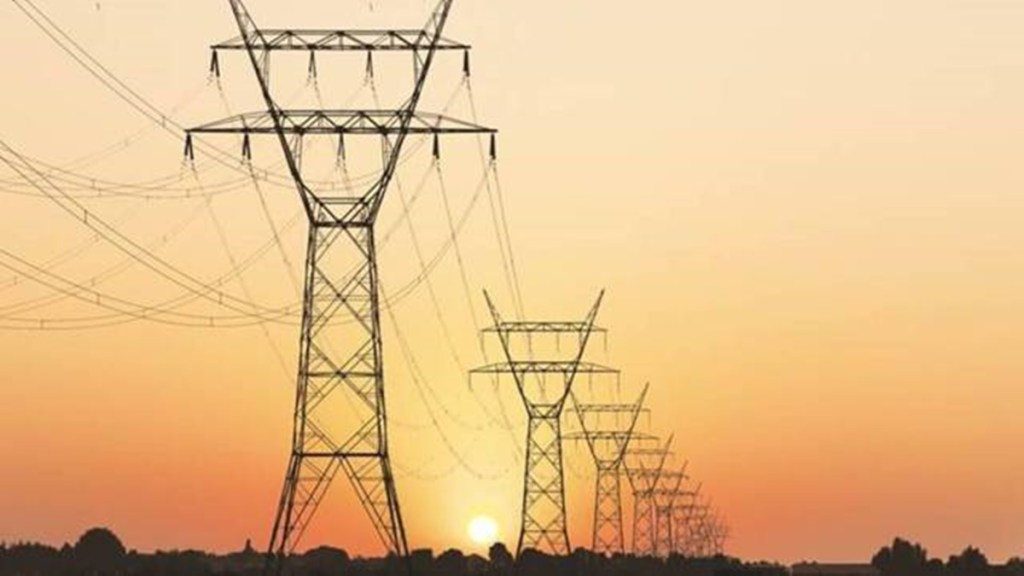By Susanne Flinner and Anas Rahman
In the past two years, South Africa, Indonesia, and Vietnam signed Just Energy Transition Partnerships (JETP) with developed countries and international financing agencies to support their clean energy transitions with international funding. As India also negotiates a deal this year, it is crucial that the package is tailored to the country’s energy landscape and truly addresses the “just” component of the deal. Including decentralised renewable energy (DRE) systems in India’s JETP would tick both boxes—and could facilitate the talks between India and its international partners.
JETPs can, in principle, be designed quite flexibly to cater to a country’s needs and can therefore be more country-specific than development aid usually is. But the deals have been criticised for failing to do so. For instance, the South African JETP focuses on large infrastructure projects and has paid comparatively little attention to the needs of local communities.
Also read: Earthquake safety measures implemented at Kudankulam NPP
The advantage of DRE systems—like small-scale solar, micro or mini-grids, but also livelihood applications like solar dryer, solar- or biomass-powered cold storage, and others—is that they bear enormous potential to benefit local communities, while facilitating enhanced energy access and further driving the economy.
With 40% of India’s rural micro, small, and medium enterprises (MSME) still facing challenges such as poor-quality grid connection, or a lack thereof, DRE can improve electricity supply for these firms, which, in turn, enhances their performance and indirectly creates green jobs. Meanwhile, the production of DRE appliances itself also adds direct green jobs, with 80,000 workers employed in the sector in 2022 and a further 9,000 expected to be hired in 2023. As a cost-effective energy technology, DRE also has the potential to lower electricity bills.
In fact, scaling up DRE solutions is essential to meet India’s 500 GW renewable energy target by 2030. Right now, there is a huge gap between its targets and achievements, with only 64 GW installed as of January 2023 against its target of 280 GW by 2030.
The Indian government has recognized that this mismatch underscores the need for investing in DRE solutions. Recently, the ministry of new and renewable energy (MNRE) published a new policy framework supporting solar- and biomass-powered DRE livelihood applications, complementing the solar irrigation scheme that has primarily targeted the agricultural sector. But the country will require an annual DRE investment of $18 billion by 2024—ten times more than what it’s currently spending—to meet its sustainable energy targets. Domestic capital is insufficient to meet this demand. The JETP can help bridge this gap by channeling international capital and crowding in domestic finance. Identifying the entry points for additional international finance and support is the first step to target DRE support as best as possible to achieve an inclusive and green growth path.
One major benefit is that partnerships established as part of the JETPs can help de-risk the financing of the DRE sector that domestic financial institutions often consider risky. Indeed, the lack of finance for end-users and for DRE livelihood applications start-ups is a considerable barrier to DRE scale-up.
Further, an overarching advantage of JETPs is also the opportunity to move beyond a project-level approach and shift towards a more mission-oriented one. JETP consultation mechanisms can assess the existing knowledge gaps in DRE solutions on both the consumer and the producer sides and support targeted communication campaigns through grants to build this knowledge and raise awareness.
Finally, making DRE part of India’s JETP would also allow the country to benefit from the bundled know-how of the JET partners. Some countries, like Germany, have already implemented similar projects elsewhere, supporting, for instance, skill development in entrepreneurship and business models.
Also read: Incredible journey of Earth Anthem: Quest for a common anthem for our planet
The experiences of the JET partners could therefore help India overcome the pitfalls related to commercializing and scaling up of non-mature DRE applications, like limited market research data or the lack of trained staff for after-sale services. With the German state-owned investment and development bank KfW already financing DRE solutions in India with an initial 20 million euros, this backs the experience in DRE applications in the Indian-specific context.
Promoting DRE rollout through JETP finance is a perfect match of potential and objectives, and would create sustainable, inclusive growth while supporting the country’s 2030 renewable energy targets. With India already having its first plans at hand for DRE solutions, the government should use this opportunity to ensure that DRE systems become part of India’s JETP deal.
The authors are with the International Institute for Sustainable Development

